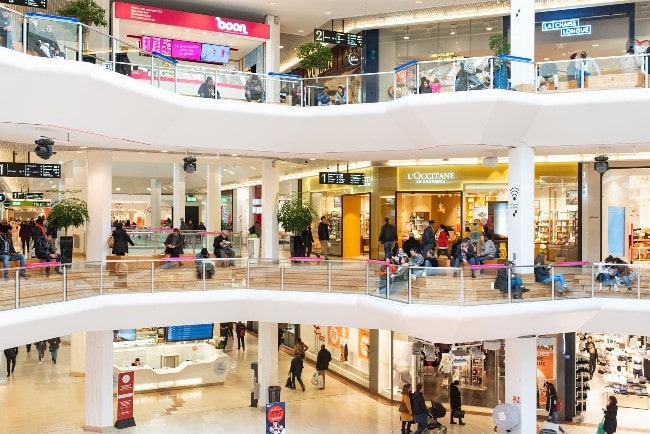Unibail-Rodamco-Westfield (URW) said on Wednesday that it would further increase its energy-saving approach across all of its shopping centres to support wider government and private sector efforts to address the European energy crisis.
As part of its proactive Better Places 2030 sustainability strategy, since 2015 URW has progressively reduced its energy intensity, achieving a permanent -15% reduction globally, and a -17% reduction in Europe.
As a part of this long-term plan, the company aims to reach its target of permanently reducing its total energy intensity by -30% by 2030, with some measures adopted to address the energy crisis accelerating progress towards this goal.
More generally, URW is committed to contribute to global carbon neutrality and has achieved a 27% reduction of its total carbon footprint, also on track to achieve its target of a -50% reduction by 2030.
In Europe it has also, even prior to the crisis, sourced 100% renewable electricity for common areas at its shopping centres.
Jean-Marie Tritant, Chief Executive Officer said: “Since 2016, URW has implemented an ambitious strategy to reduce energy consumption across our business, and we are a committed player in the environmental and energy transition. Aligned with this position, we are determined to do our part to support the collective effort to reduce energy consumption while also supporting the many businesses that operate at our centres, and the critical role they play in employment and the economic vitality of the communities we serve.”
On top of the continued execution of its long-term plan on energy efficiency, URW will take a number of short-term actions to reach its additional -15% target, including a 30% reduction in lighting during opening hours, shutting down of air curtains, significant reductions in air conditioning and heating, and adjusting indoor car park lighting based on occupancy (facilitated by the company’s smart parking technology where possible). The company will also ask retailers to take similar measures within their stores.
In addition to these concrete actions, the plan also includes a range of special measures that can be triggered during critical consumption peaks or to meet local requirements and targets.





















